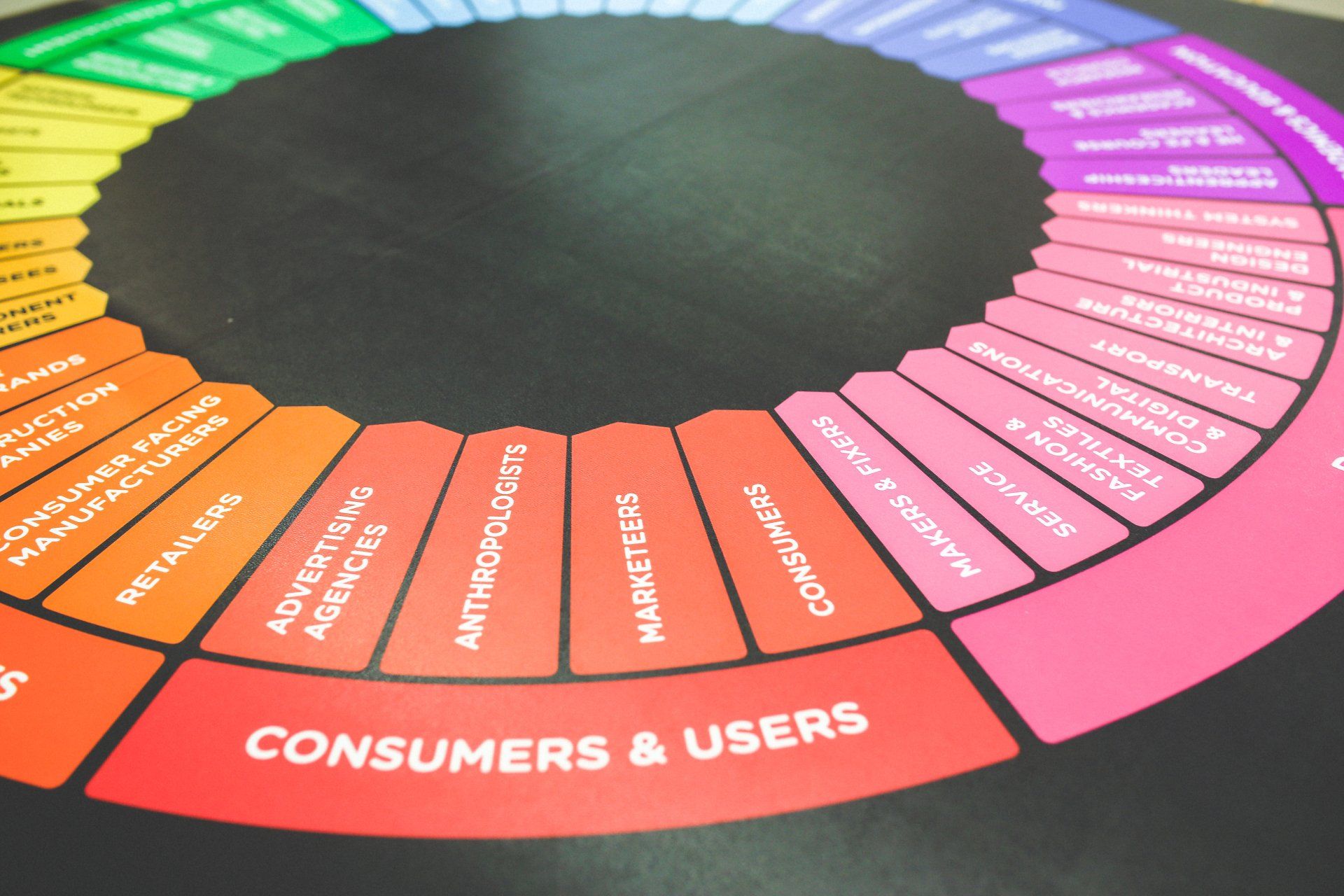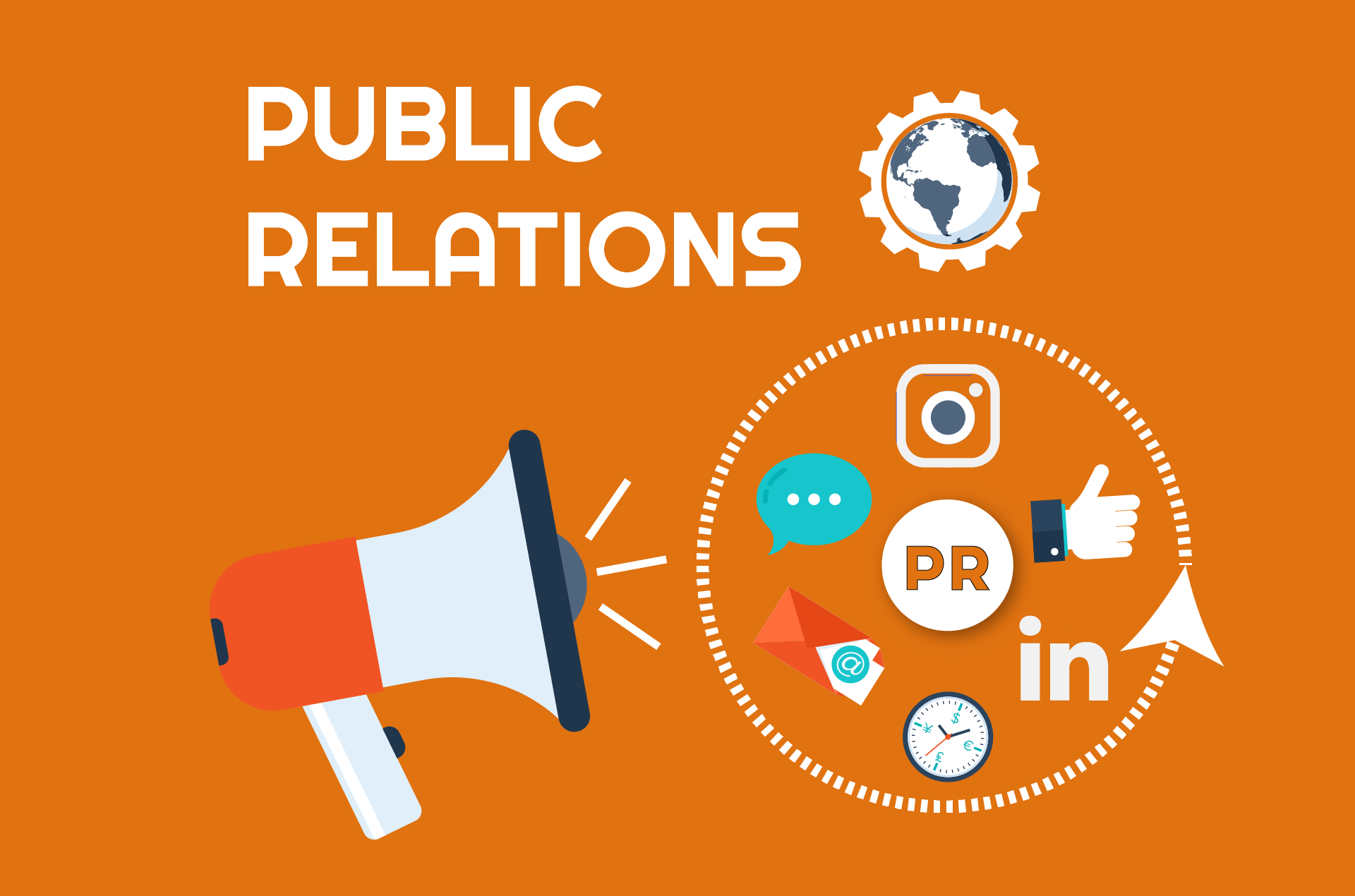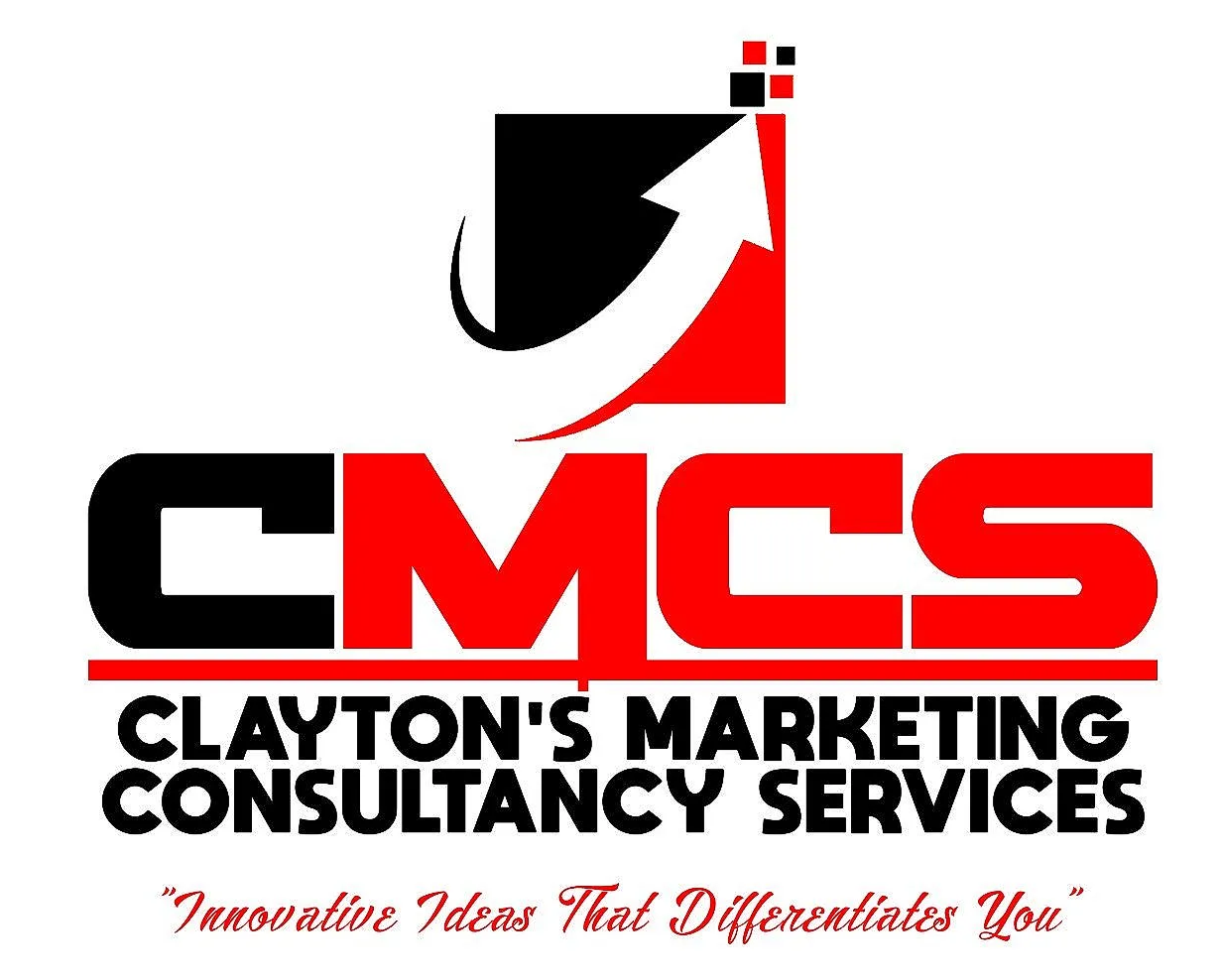Traditional Marketing Strategies vs. Social Media Marketing Strategies: A Comparative Analysis

The marketing landscape has evolved dramatically over the years, with traditional marketing strategies and social media marketing strategies emerging as two prominent approaches. While both aim to promote brands, products, or services, they differ significantly in terms of execution, reach, and effectiveness. Let's delve into a comparative analysis of these two marketing methodologies to understand their strengths and weaknesses.
Traditional Marketing Strategies
Traditional marketing strategies encompass a range of offline tactics that have been used for decades to reach audiences. This includes print advertisements, television and radio commercials, direct mail, billboards, and more.
Pros:
Tangible Presence: Traditional marketing materials, such as print ads and direct mail, offer a tangible presence that consumers can hold, view, and keep.
Broad Reach: Television and radio commercials, along with billboards, have the potential to reach a broad audience, including those who may not be active online.
Established Trust: Many consumers are familiar and comfortable with traditional marketing channels, which can help establish trust and credibility.
Cons:
Limited Interactivity: Traditional marketing strategies lack interactivity, making it challenging to engage consumers in a two-way conversation.
Higher Costs: Producing and airing commercials, printing materials, and securing billboard space can be costly, especially for small businesses with limited budgets.
Difficulty in Measuring ROI: Tracking the effectiveness of traditional marketing campaigns can be more challenging compared to digital strategies, making it difficult to measure ROI accurately.
Social Media Marketing Strategies
Social media marketing strategies leverage online platforms such as Facebook, Instagram, Twitter, LinkedIn, and TikTok to reach and engage audiences.
Pros:
Targeted Reach: Social media platforms allow for precise targeting based on demographics, interests, and behaviors, ensuring that your messages reach the right audience.
Highly Interactive: Social media marketing encourages interaction and engagement, allowing brands to build relationships with their audience through likes, comments, shares, and direct messages.
Cost-Effective: Compared to traditional marketing, social media marketing can be more cost-effective, making it accessible to businesses of all sizes.
Cons:
Constant Monitoring Required: Social media platforms require regular monitoring and engagement to maintain a consistent presence and respond to consumer inquiries or comments.
Algorithm Changes: Social media algorithms can change frequently, impacting the reach and visibility of your content.
Potential for Negative Feedback: Negative comments or reviews can be visible to a large audience, requiring prompt and sensitive handling to maintain a positive brand image.
Both traditional marketing strategies and social media marketing strategies have their merits and drawbacks. Traditional marketing offers a tangible presence, broad reach, and established trust but can be costly and less interactive. On the other hand, social media marketing provides targeted reach, high interactivity, and cost-effectiveness but requires constant monitoring and can be impacted by algorithm changes.
Ultimately, the choice between traditional and social media marketing strategies depends on your business goals, target audience, budget, and resources. Many successful brands today employ a mix of both approaches, leveraging the strengths of each to create a comprehensive and effective marketing strategy. Whether you opt for traditional methods, embrace social media, or combine the two, the key is to align your marketing efforts with your overall business objectives to achieve the best results.
Did you find this marketing blog post helpful?
If so, please consider sharing it, tag us and let us know your biggest takeaways.










All Rights Reserved l Clayton's Marketing Consultancy Services
All Rights Reserved | Clayton's Marketing Consultancy Services

